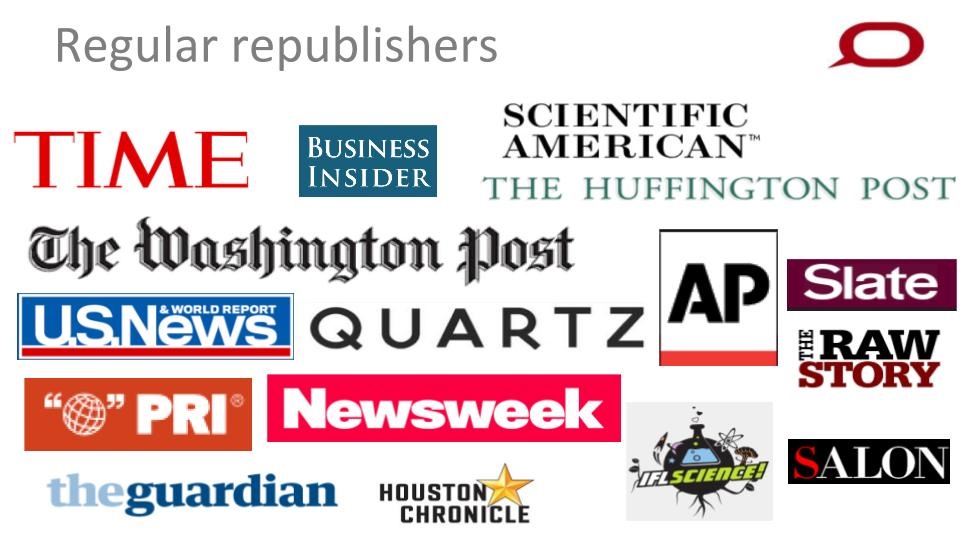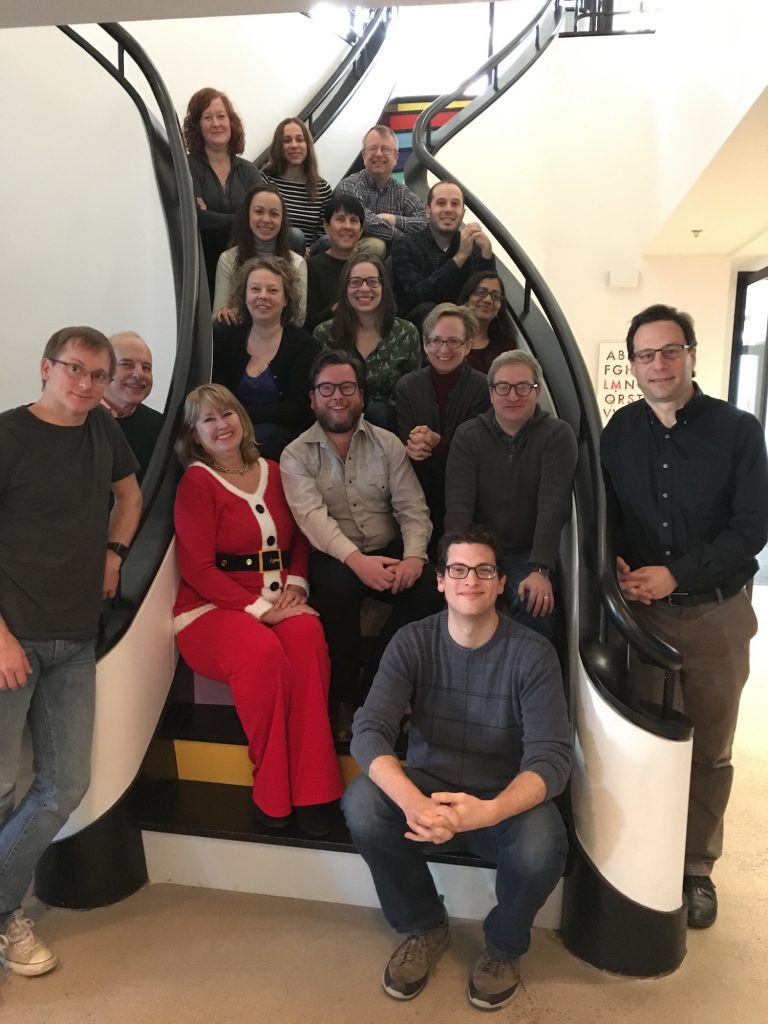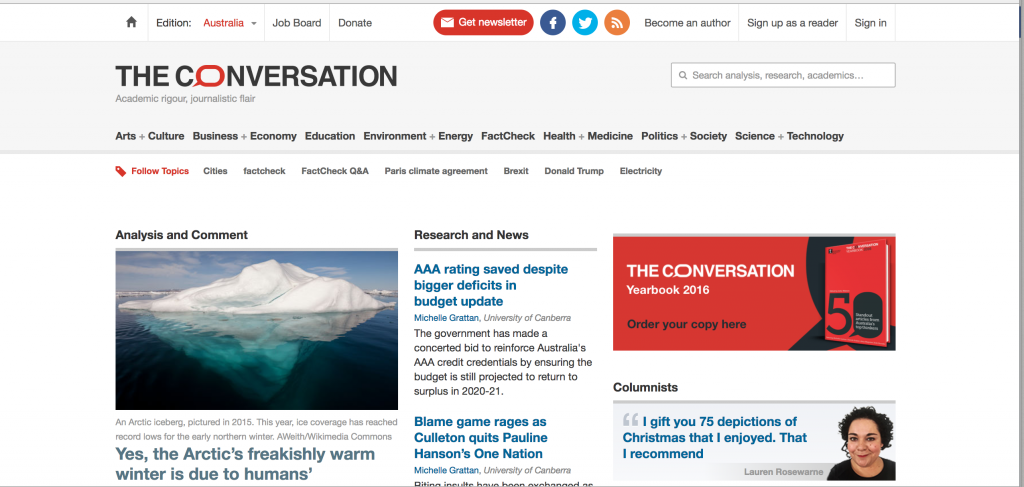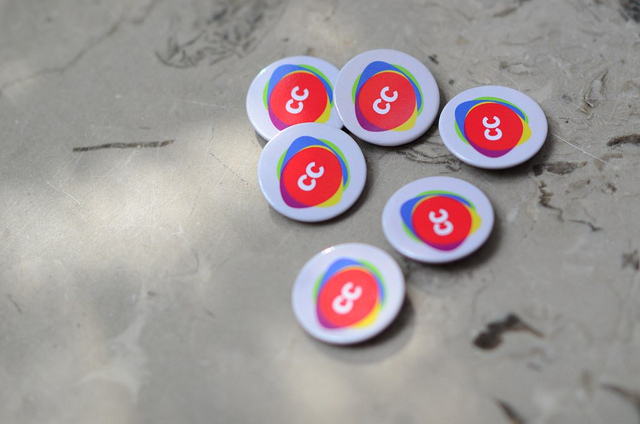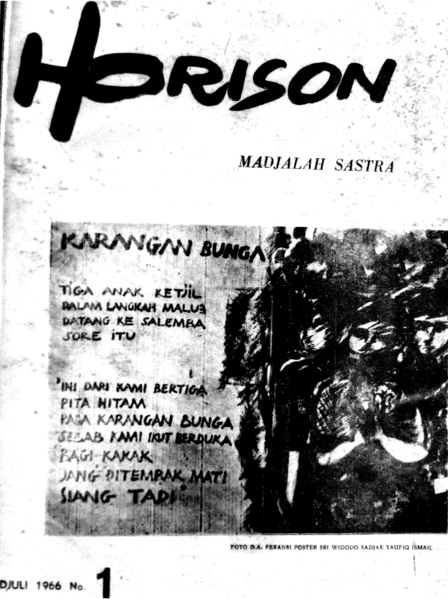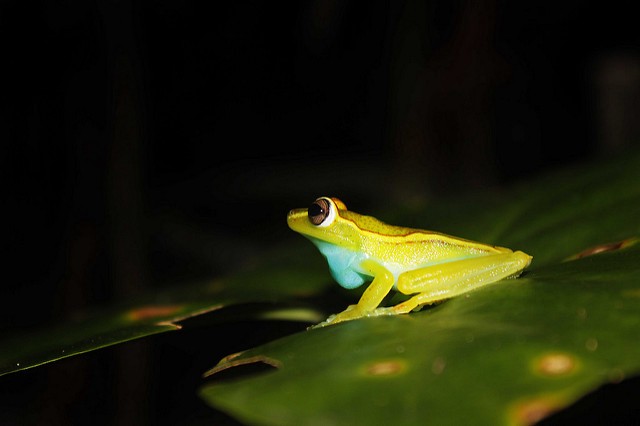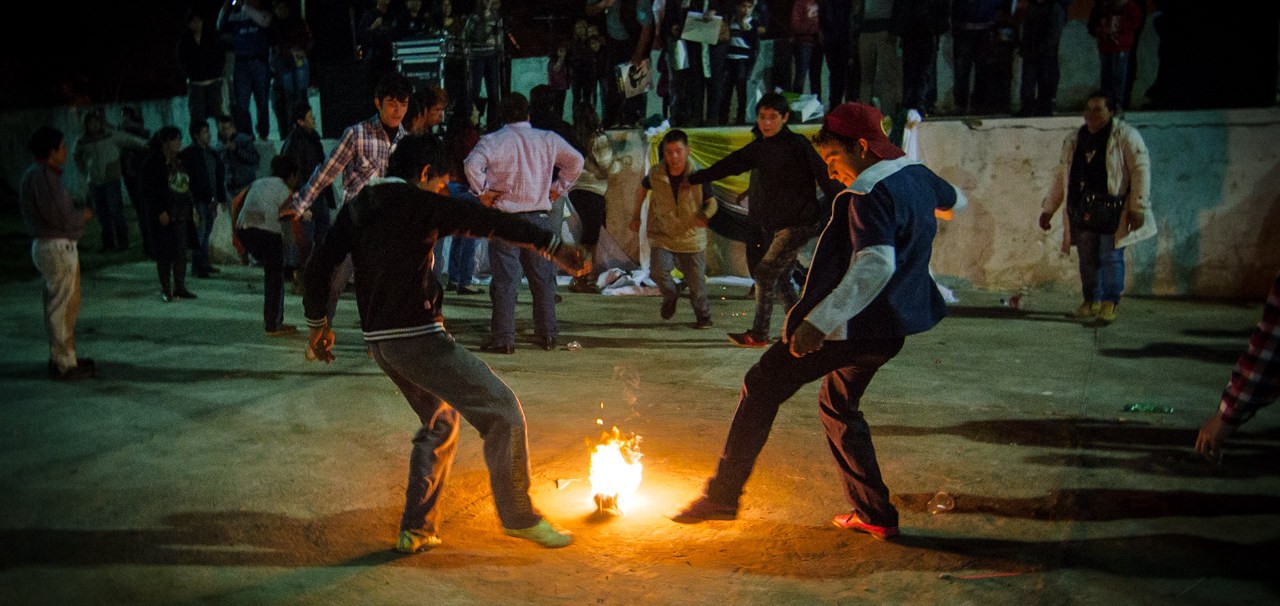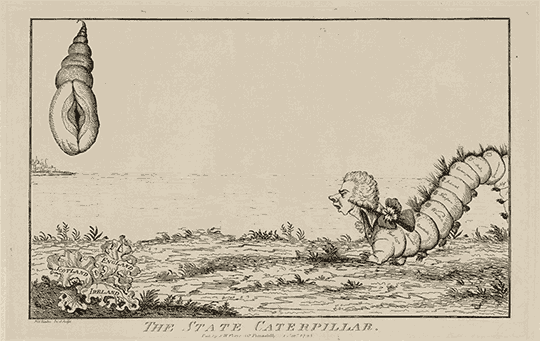I can’t wait for 2016 to be over
mercredi 28 décembre 2016 à 15:48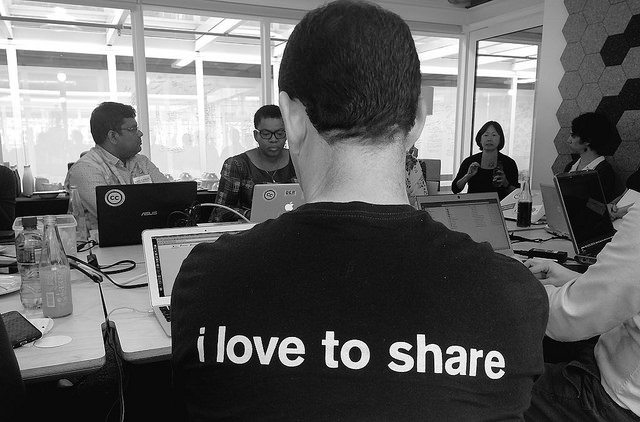
I can’t wait for 2016 to be over.
Refugee crises, outbreaks of disease, and a divisive US election has left many disappointed and exhausted by the challenges ahead. 2016 was difficult, destructive, and terrifying for many all over the world. I truly believe that if we want the world to be more equitable, accountable, and accessible to all, we have to build it together. More than ever, we need to work together to share our knowledge and resources, to build the world we want for ourselves and our families. As the year finally comes to a close, many are asking how they can be part of the solution? How can we start 2017 with renewed energy?
Creative Commons isn’t the most obvious answer to that question. But our team, our community, and our tools are at the centre of so many global movements that are working to build a more equitable and innovative world. From open educational resources for at-risk communities, to unlocking research to find a cure for Zika or Cancer, CC is part of the solution.
Our reach is large, but we’re much smaller than you might think. Just 20 staff worldwide, with a small and vibrant community of global affiliates. And yet, over 1.1 billion times, we’ve helped people share and collaborate together for a better world. We’re completely supported by grants and donations, and we can’t continue our work without your help. Our small but dedicated group of donors make all the difference; your donation – at every level – tells us that you’re ready to help CC drive change when it is needed most.
We can’t do this without you.
The list of causes that need your help is overwhelming, but I truly believe Creative Commons is fundamental to so many movements that I hope we’ll make your list. We’re almost at the end of the year and we are SO close to hitting our goal. With the amazing show of support from all of you – our global community – we’re 85% to our goal. I am writing to ask for your help in pushing us to the finish line so we can head into 2017 with new optimism, and the resources we need to hit the ground running alongside our incredible supporters like you.
We’ve come so far with all of you. We compelled governments, foundations and organizations to share millions of new works; we rallied communities to fight the TPP and advance copyright reform; we unlocked research and data to drive innovation and discovery. We really couldn’t have done this without you – thank you.
We have big plans for the year ahead. New tools to support discovery and re-use, and build a commons of collaboration and gratitude; stronger global communities that can advocate and activate sharing cultures around the world. I can’t wait to share all our big wins with you – but first, we need your support to make it happen.
A commitment to a more vibrant creative world begins today – please visit our donation page. Let’s light up the commons together.
The post I can’t wait for 2016 to be over appeared first on Creative Commons.

